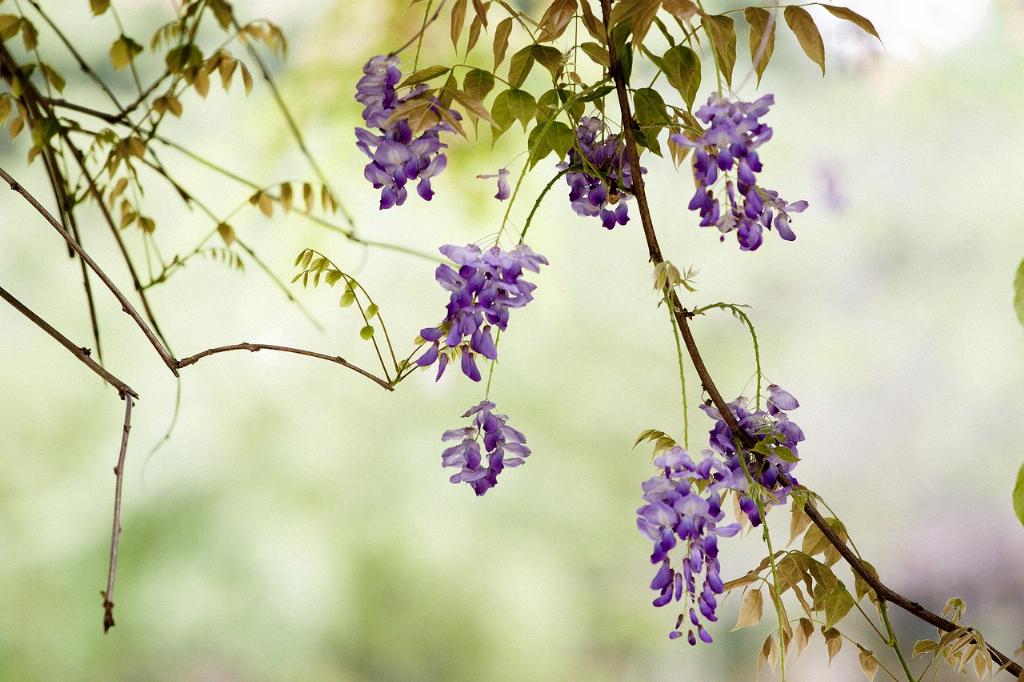Wisteria is a beautiful and popular flowering plant known for its elegant cascades of blooms. Taking care of wisteria is essential to ensure it thrives and produces its stunning flowers. In this article, we will explore the best practices for caring for wisteria to help you maintain a healthy and vibrant plant in your garden.
Planting Location
When considering how to care for wisteria, it is crucial to start with the right planting location. Wisteria thrives in full sun and well-drained soil. Choose a spot that receives at least 6 hours of sunlight per day and ensure the soil is rich and loamy.
Watering Schedule
Proper watering is key to the health of your wisteria plant. In the first growing season, make sure to keep the soil consistently moist. Once established, wisteria is drought-tolerant but will benefit from deep soakings during hot and dry weather.
Fertilizing Routine
Applying a balanced fertilizer in early spring can help promote healthy growth and flowering in your wisteria. Choose a fertilizer specifically formulated for flowering plants and follow the instructions on the packaging for best results.
Pruning Techniques
Pruning is essential for shaping and controlling the growth of wisteria. Cut back any unwanted or excessive growth in late winter or early spring before the plant starts to bloom. This will help encourage the development of new growth and flowers.
Support Structure
Wisteria is a climbing vine that needs a sturdy support structure to thrive. Provide a trellis, arbor, or pergola for the wisteria to climb on and create its characteristic cascades of flowers. Regularly check and adjust the support structure as the plant grows.
Pest and Disease Control
Keep an eye out for common pests such as aphids and spider mites that can affect wisteria. Regularly inspect the plant for signs of infestation and treat promptly with an organic insecticidal soap if necessary. Proper air circulation can also help prevent fungal diseases.
Mulching Benefits
Applying a layer of organic mulch around the base of the wisteria can help retain moisture, suppress weeds, and improve soil quality. Use a mulch such as bark chips or compost and replenish it regularly to maintain its effectiveness.
Overwintering Precautions
Wisteria is generally hardy, but it is still important to protect the plant during harsh winter weather. Consider wrapping the base of the plant with burlap or providing additional insulation to prevent cold damage.
Training the Vine
Wisteria vines can become unruly if not properly trained. Gently guide the vines along the support structure and prune back any wayward growth to maintain a tidy and well-manicured appearance. Regular training will help the plant grow in a more controlled manner.
Regular Inspections
Make it a habit to regularly inspect your wisteria for any signs of stress, disease, or pests. Early detection of issues can help prevent them from escalating and ensure the long-term health of your plant.
Enjoying the Blooms
Finally, take the time to sit back and appreciate the beautiful blooms of your wisteria. Whether in shades of purple, blue, or white, the cascading flowers are a sight to behold. With proper care and attention, your wisteria will reward you with a stunning display year after year.

